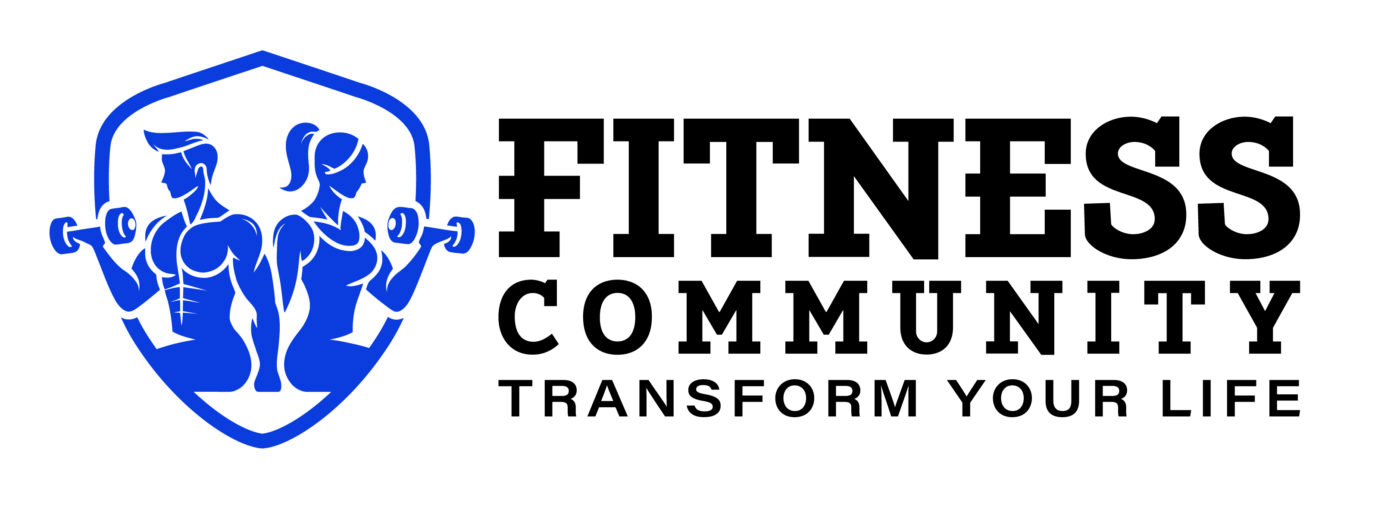CARDIOVASCULAR FITNESS
The Key to a Stronger Heart & Healthier Life
Cardiovascular fitness—also known as cardio endurance or aerobic fitness—is your body’s ability to efficiently deliver oxygen to muscles during prolonged physical activity. A strong cardiovascular system enhances heart health, boosts lung capacity, and improves overall stamina, allowing you to perform daily activities with ease while reducing the risk of heart disease, high blood pressure, and obesity.
Why Cardiovascular Fitness Matters
Regular cardio exercise is more than just a way to burn calories—it’s a crucial component of overall health and longevity. Here’s why:
Strengthens the Heart – A well-conditioned heart pumps blood more efficiently, reducing strain and lowering resting heart rate.
Improves Lung Function – Enhances oxygen intake and utilization, reducing breathlessness during activity.
Boosts Endurance & Stamina – Allows you to perform daily tasks with less fatigue.
Reduces Risk of Chronic Diseases – Lowers the chances of developing heart disease, stroke, and type 2 diabetes.
Enhances Mental Health – Releases endorphins, reducing stress, anxiety, and depression.
Supports Weight Management – Helps burn calories and improves metabolism.
Types of Cardiovascular Exercise
You don’t have to be a marathon runner to improve your cardiovascular fitness! There are many ways to boost heart health, whether you prefer steady-state cardio or high-intensity workouts.
1. Low-Intensity Steady-State (LISS) Cardio
Ideal for beginners or those recovering from injuries, LISS workouts involve maintaining a moderate effort over a prolonged period.
Examples: Brisk walking, swimming, cycling, elliptical workouts
Duration: 30–60 minutes
Benefits: Improves endurance, aids recovery, and burns fat efficiently
2. High-Intensity Interval Training (HIIT)
Short bursts of intense effort followed by brief recovery periods make HIIT workouts highly effective for boosting cardiovascular fitness in less time.
Examples: Sprint intervals, jump rope, bodyweight exercises (burpees, squat jumps)
Duration: 15–30 minutes
Benefits: Burns more calories in less time, improves heart efficiency, and enhances metabolism
3. Moderate-Intensity Cardio
This form of cardio falls between LISS and HIIT, challenging the heart without reaching all-out effort.
Examples: Jogging, rowing, fast-paced cycling, dance workouts
Duration: 20–45 minutes
Benefits: Increases cardiovascular endurance and supports fat loss
4. Functional Cardio (Bodyweight & Sport-Specific Training)
These workouts combine movement patterns that mimic real-life activities, improving both heart health and functional fitness.
Examples: Jump squats, kettlebell swings, agility drills, sports (soccer, basketball)
Duration: 30–40 minutes
Benefits: Builds strength, agility, and cardiovascular endurance simultaneously
How to Improve Cardiovascular Fitness
1. Be Consistent – Aim for at least 150 minutes of moderate-intensity cardio or 75 minutes of high-intensity cardio per week.
2. Strength Train – Cardio and resistance training together create the best foundation for fitness and longevity.
3. Increase Intensity Gradually – Add intervals, resistance, or incline to keep challenging your heart and lungs.
4. Stay Hydrated & Eat Well – Proper nutrition fuels endurance and aids recovery.
5. Prioritize Recovery – Overtraining can cause fatigue and burnout, so allow for rest days and active recovery sessions.
Signs of Good Cardiovascular Fitness
You can walk up stairs or exercise without feeling overly breathless.
Your resting heart rate is lower (typically between 60–80 BPM for adults).
You recover quickly after intense activity.
Your energy levels remain high throughout the day.
You experience improved mood and mental clarity due to better oxygen circulation.
Cardiovascular fitness is one of the most important aspects of overall health, affecting your heart, lungs, stamina, and even mental well-being. Whether through walking, running, HIIT, or dance, incorporating regular cardio workouts into your routine will improve longevity, boost energy, and enhance your quality of life.

